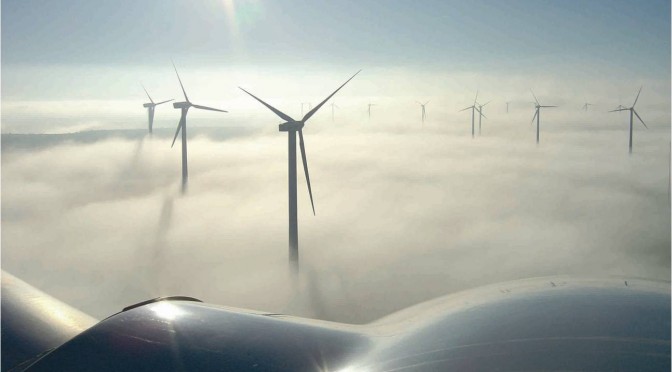Gamesa’s Ramesh Kymal talks about his company’s plans and what the industry is doing to overcome challenges.
Ramesh Kymal , chairman and managing director of Gamesa Wind Turbine Pvt. Ltd, is optimistic about the future of wind power generation in India despite the drop in capacity addition this financial year.
Gamesa Wind Turbine is the Indian arm of Spanish wind power equipment maker Gamesa Corp. Tecnologica SA.
In an interview on 8 March, Kymal, also chairman of the Indian Wind Turbine Manufacturers Association, outlined his company’s plans and what the industry is doing to overcome challenges in India. Edited excerpts:
Does the Budget proposal to introduce generation-based incentives (GBI) for wind power companies address the industry’s concerns?
Yes. To a large extent, it does. Accelerated depreciation benefits for the industry ended at the end of fiscal 2012. They were supposed to be replaced by GBIs. However, there was no announcement from the government in this regard. Due to the lack of clarity over incentives, the capacity addition in fiscal 2013 will be only around 1,900MW. It was around 3,000MW in fiscal 2012.
What is the other major worry you want the government to address on priority?
We would like the government and the Central Electricity Regulatory Commission (CERC) to move towards making Renewable Purchase Obligation (RPO) mandatory for electricity distribution companies (discoms) and impose a stiff penalty in case they fail to meet their RPOs. The government introduced RPOs for discoms in fiscal 2011, which means a certain percentage of the electricity purchases of the discoms has to come from renewable sources. Those failing to meet the obligations were supposed to be compensated by buying renewable energy certificates (RECs). The CERC issues RECs to the generator of power from renewable sources. The generator gets 1 REC for every 1,000 units generated. And I am sure if RPOs are made mandatory, one will see capacity addition to the extent of 5,000MW annually.
Ramesh Kymal, chairman and managing director of Gamesa Wind Turbine Pvt. Ltd.
There is a perception that wind power is unpredictable and may not be available when power is needed the most.
That is a misconception some people like to spread.
Region-wise wind data are available so one can predict the amount of power that can be generated from wind power generation stations in a particular month. The windy months in India are between May and September-October and one knows that summer is at its peak in May and wind power plays a crucial role in increasing the availability of power. In fact, if we can tap India’s wind potential fully, we can reduce our coal import by half, which is likely to be around Rs.1 trillion during the 12th Plan period (2012-17). According to the ministry of new and renewable energy estimates, India’s potential for wind power is 100,000MW and some recent studies estimate it to even be 600,000MW.
The Himalayan region has high potential for wind power generation. Yet wind power generation stations are concentrated in coastal states.
Yes. There is tremendous potential in the Himalayan region for wind power but the difficult terrain makes it almost impossible to transport equipment and install a power transmission network. Besides, there is no local demand for electricity to sustain such an endeavour. But with large transmission infrastructure being built to bring power from hydro power stations in the North-East to North India, we are exploring the possibility of setting up wind power stations in the Himalayan region by using smaller equipment.
What progress has Gamesa made in India and what are your plans to enhance your presence here?
In four years of our operations in India, we invested around Rs.1,200 crore and tapped 30% of the total market share of the wind turbine and allied equipment market. We have created capacities which will help us to cater even if demand reaches 1,500MW. Currently, we cater to a equipment capacity demand of around 900MW.



